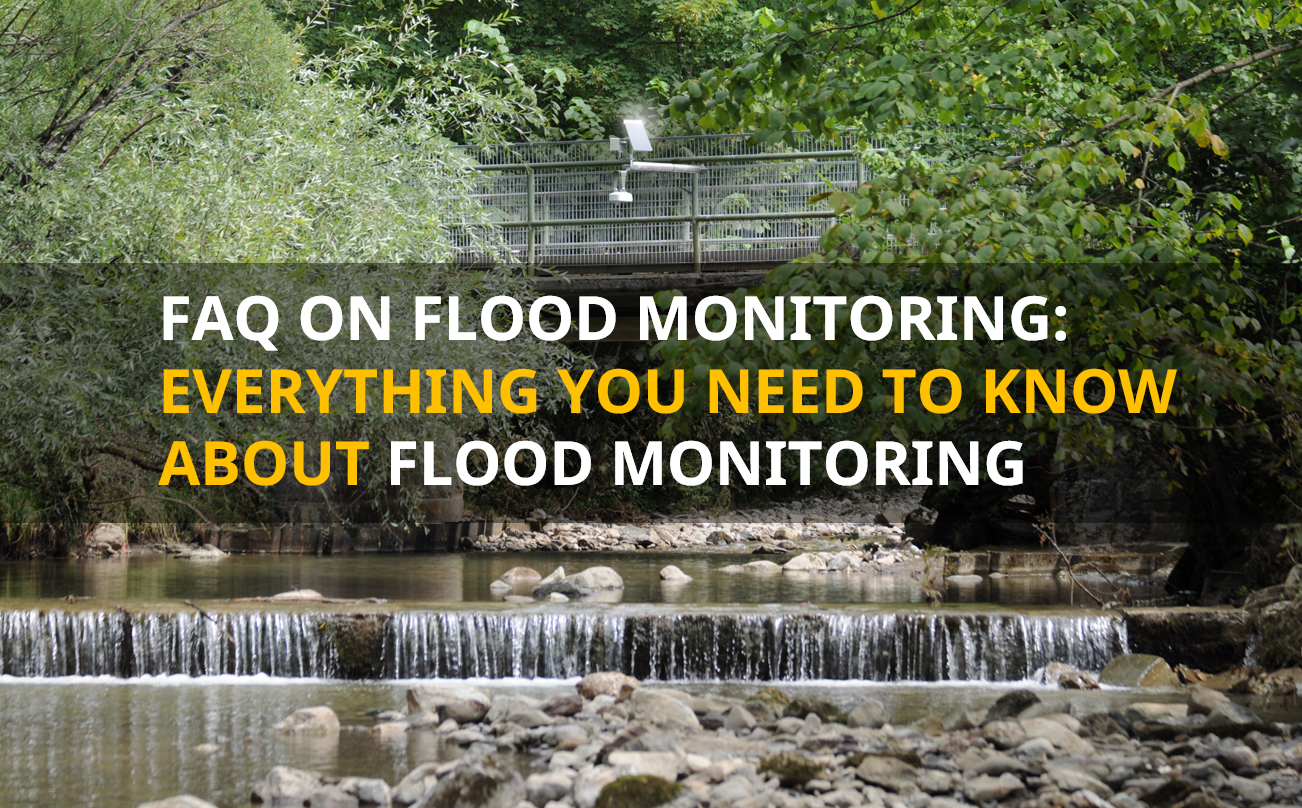Phytoplankton measurement is key for understanding the health of an aquatic ecosystem in both freshwater and saltwater environments.
Measuring phytoplankton can provide valuable insights regarding the biological status of any given aquatic system. Some common applications include:
Primary Productivity Quantification
As phytoplankton form the foundation of aquatic food webs, concentrations of phytoplankton can have a direct effect on all organisms higher up on the food chain. Quantifying primary production through phytoplankton biomass measurements is a common way to gather direct insights on the baseline energy available within any given aquatic food web.
Eutrophication / Nutrient Status Monitoring
Eutrophication is the process where nutrients such as nitrogen and phosphorous are loaded into an aquatic system, typically caused by watershed run-off inputs. Eutrophic systems are highly prone to phytoplankton blooms which can lead to dissolved oxygen depletion when phytoplankton cells die off. Phytoplankton monitoring can help water resource managers to control watershed inputs that can affect nutrient loading within aquatic systems.
Harmful Algal Bloom (HAB) Monitoring
Certain species of phytoplankton, mainly cyanobacteria, can release toxins that can cause adverse health effects to humans and animals. Continuous monitoring of phytoplankton levels as part of a broad management plan can help water quality managers to decrease the prevalence of health incidents due to harmful algae.
Drinking Water Management
Certain species of phytoplankton can produce compounds that create taste and odor issues in water, including the compounds 2-MIB and geosmin. Proactive phytoplankton monitoring can provide data that helps managers determine when and where to apply algaecide, as well as which source water intakes to pull from in order to minimize the biological load entering a treatment system.
Measurement of Phytoplankton – In vitro and In vivo Methods
In vitro Lab Measurement Methods
There are multiple methods of measuring phytoplankton in a laboratory environment. Although these in vitro laboratory methods can be relatively time intensive, carefully collected data from these methods provide highly valuable quantitative data in meaningful mass-to-volume units. The most common laboratory methods used include manual cell counting as well as photosynthetic pigment concentration analysis using various laboratory procedures and instrumentation.
Counting cells in a known volume of water is one laboratory method of quantifying phytoplankton biomass. This method can either be done visually with a microscope or with instrumentation such as a flow cytometer. In the visual counting method, water samples are typically placed in a grid-lined counter cell, which is then placed on a microscope where individual cells can be manually counted by an observer. In the flow cytometry counting method, a flow cytometer instrument is used to count phytoplankton cells that pass through its measurement cell to determine cells per volume concentration.
Other common laboratory methods involve various laboratory procedures, reagents, and instrumentation to isolate and measure specific phytoplankton pigments. These methods include in vitro fluorometry, spectrophotometry, and high performance liquid chromatography (HPLC). In these methods, specific photosynthetic pigments are extracted from the phytoplankton cells using various techniques, and then concentrations of these pigments are determined with instrumentation based upon unique properties of the pigments.
In vivo Field Measurement Methods
Hydrolab multiparameter sondes utilize directly integrated submersible fluorescence sensors from Turner Designs for in vivo phytoplankton biomass measurements. Available options include sensors designed to measure in vivo chlorophyll a, phycocyanin, and phycoerythrin pigments. Depending on the objectives of the user, these sensors can be deployed for use in spot sampling, vertical profiling, horizontal profiling, and continuous long-term deployment applications.
In vivo chlorophyll a is typically the most commonly deployed sensor among the three in vivo phytoplankton fluorescence sensors offered on Hydrolab sondes, followed by phycocyanin and phycoerythrin. The optics on the in vivo chlorophyll a sensor are specifically aligned with the in vivo fluorescence signature of the chlorophyll a pigment. This optical configuration provides in vivo data that is directly relevant to extracted chlorophyll a measurements, which is important considering that EPA standard methods are specifically based on chlorophyll a pigment concentrations.
In applications where cyanobacteria are dominant or are the main type of phytoplankton that are of interest, the phycocyanin or phycoerythrin sensors are the most appropriate for the application. The phycocyanin sensor is used in fresh water environments, while the phycoerythrin sensor is used for marine environments.
Used on their own, these submersible fluorescence sensors give instantaneous results regarding relative changes in phytoplankton biomass. This relative data may be sufficient for the needs of some aquatic scientists or water resource managers. For others, determining the actual quantitative value using laboratory methods is still also required, typically in the units of micrograms per liter or cells per milliliter. By combining in vivo fluorescence field data with the taking of occasional grab samples used for quantitative laboratory analysis, a relationship between both data sets can be determined. Once this relationship is known, a correlation coefficient can be generated, enabling the ability to convert
For a comprehensive understanding of phytoplankton measurement with fluorescence technology, please view the Hydrolab Fluorescence White Paper.
Or, check out the the Hydrolab Fluorescence Webinar below:




